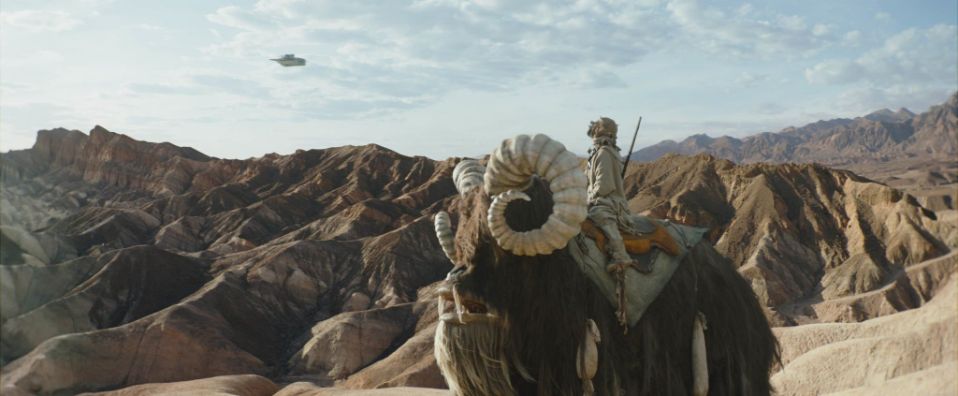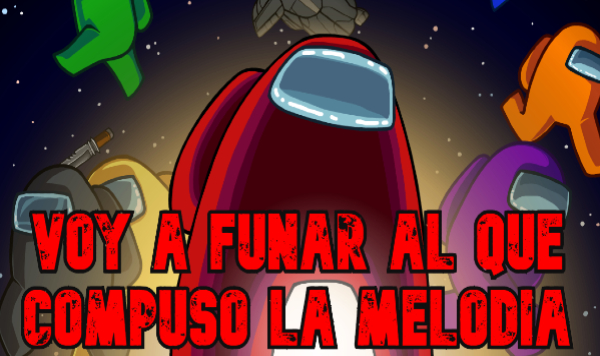
In the 1st chapter of the second season of the successful Disney plus series “The Mandalorian”, called “The Marshall”, he takes us to the planet Tatooine to give us more information on the life of the Tusken (also called “dwellers of the sands ”). Beings with nomadic existence, who live in desolate regions grouped in small tribes. They use Banthas (hairy mammals with spiral horns) as transport, being a very aggressive breed.
To represent this alien race, the composer “Ludwig Göransson” decides to do a rather tribal work, thus using only drums to support the rhythmic part to create a primitive atmosphere, but, at a gait speed that is associated with the warlike and savage part. of this tribe.

The melodic-harmonic relationship is tends to be ambiguous since we will only come across only the bass of the supposed chords that have the following sequence:
| G | F # | G | F # | C | A | C | A | G | F # | G | F # |
Clearly you can see in the first 4 bars a grade I “G” that gives us a clue of the tonality and in the next 4 bars a grade IV “C” which is basically the most common variant in these ancestral styles. Already with this first approach we can approach the melodic discourse.
Once again the work does not reveal much of the a scale since in the first 4 bars it only plays the notes (D - Eb -A - Bb), however the way of using these sounds (especially the jump of 5 ° diminished from Eb al A) reveals the need to transport us to works that have origins in Arab culture, which is a great choice since these beings live in deserts. Considering this, it is most likely that here you are using the Nawahazar scale in G as a base:
G - A - Bb - C # - D - Eb - F # - G

It is very interesting that when going to the next 4 bars with the bass in the IV degree C, it does not appear in the scale, but since there is no defined harmony there is no problem in adding that note to the scale and having as a result:
G - A - Bb - C - C # - D - Eb - F # - G
And this is noticeable because in the melody he plays Db (C # inharmony) to go to C and then use C # to go to D. To then return to the form posed in the first 4 more bars adding an F in the scale, staying with:
G - A - Bb - C # - D - Eb - F - F # - G

And it is precisely the benefits of ambiguous relationships, we can risk placing sounds without worrying about their relationship with a specific chord and thus create a universe of new relationships.
Successes
Social Media Author: Pablo Bobadilla Rider









